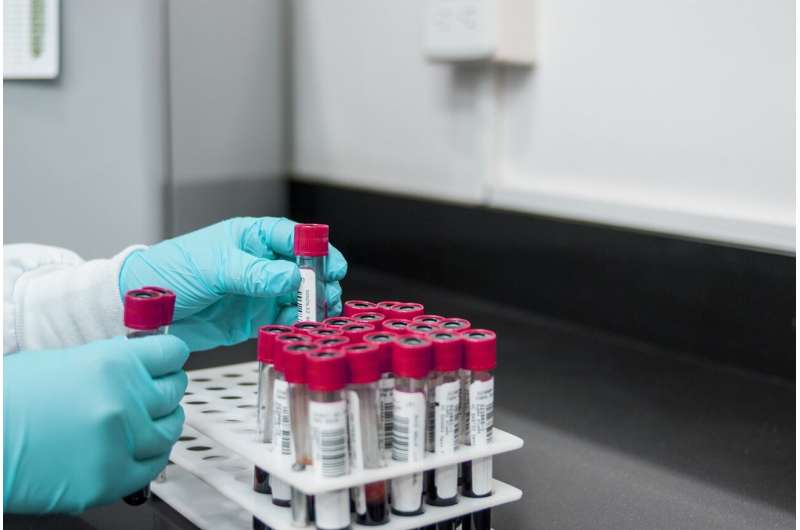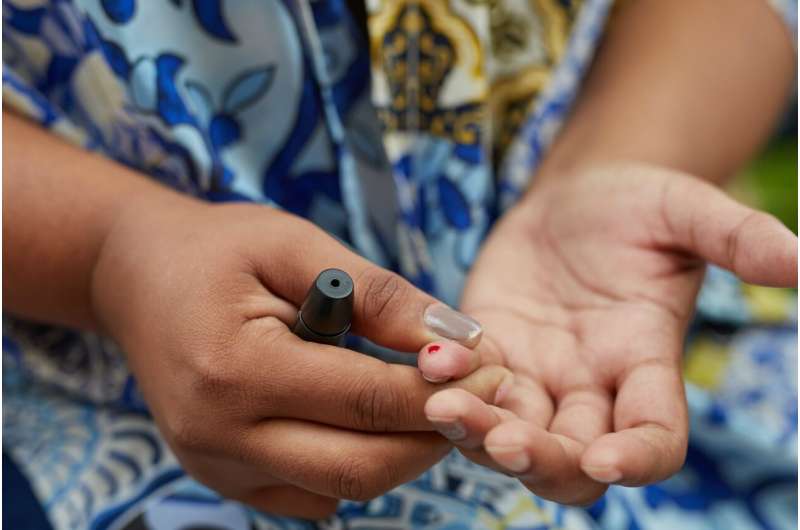Insulin Production in the Brain: A Surprising Fact Challenging Traditional Views

New research reveals that the brain produces insulin itself, challenging the traditional view that insulin is only made in the pancreas and opening new avenues for understanding brain health and disease.
Insulin in the Brain: Beyond the Pancreas
Contrary to what many have learned, insulin production is not exclusive to the pancreas. Recent discoveries reveal that the brain itself synthesizes insulin, a fact that fundamentally alters our understanding of this vital hormone.
Historically, scientists have focused on the pancreatic beta cells as the sole source of insulin, essential for regulating blood sugar levels. However, over the past few decades, evidence has accumulated indicating that the brain not only responds to insulin but also produces it locally. This knowledge stems from studies dating back to the late 1970s, where insulin levels in the rat brain were found to be significantly higher than in plasma, suggesting local synthesis.
Initial research in the 1980s attributed brain insulin to transfer from the blood, as earlier methods couldn't detect insulin synthesis within brain tissue. But newer techniques have confirmed the presence of at least six different types of insulin-producing cells in the brain, some of which are found in both rodents and humans.
One of the key brain cells capable of producing insulin includes neurogliaform cells, which are located in regions linked to learning and memory. Interestingly, insulin production in these cells depends on glucose levels—a characteristic sharing similarities with pancreatic beta cells. Additionally, neural progenitors, which are capable of generating new neurons, also produce insulin, hinting at roles in neuroplasticity and brain health.
Other insulin-producing sources include the olfactory bulb, the hypothalamus, and the choroid plexus. The hypothalamus, a brain area crucial for regulating growth and metabolism, synthesizes insulin in response to stress, influencing growth hormone levels and overall growth. The choroid plexus, responsible for producing cerebrospinal fluid, produces insulin that circulates through brain ventricles, potentially affecting appetite regulation centers like the hypothalamus.
Moreover, insulin in the brain isn't solely about local production. It appears to play significant roles in maintaining cognitive function and preventing neurodegenerative diseases. For instance, in Alzheimer’s disease, the brain shows signs of insulin resistance, which affects glucose utilization—a condition sometimes referred to as "type 3 diabetes." This has prompted research into intranasal insulin therapies aimed at improving cognitive performance and slowing disease progression.
Interestingly, higher insulin levels in cerebrospinal fluid have also been linked to poorer cognition in women, indicating that the relationship isn't straightforward.
Overall, these findings underscore the importance of local insulin production in the brain. As research progresses, our understanding of its functions and implications for neurodegenerative diseases could lead to new, innovative treatment approaches.
Source: https://medicalxpress.com/news/2025-06-school-insulin-isnt-pancreas.html
Stay Updated with Mia's Feed
Get the latest health & wellness insights delivered straight to your inbox.
Related Articles
Study Finds Cycling May Offer Greater Brain Health Benefits Than Walking
Discover how cycling as a daily activity may reduce the risk of dementia and support brain health, based on recent research involving hundreds of thousands of adults.
Basophil Activation Test Surpasses Standard Methods in Detecting Milk Allergy in Children
A new study reveals that the Basophil Activation Test (BAT) outperforms traditional allergy tests in accurately diagnosing cow's milk allergy in children, potentially reducing the need for invasive food challenges.
New Experimental Medication Effectively Burns Fat and Controls Blood Sugar Without Muscle Loss
A new oral drug shows potential to effectively burn fat and regulate blood sugar levels while preserving muscle mass, offering hope for better management of type 2 diabetes and obesity without common side effects.
Blood-Based Screening Demonstrates Promising Accuracy for Detecting Colorectal Cancer
A new study demonstrates that blood-based tests offer acceptable accuracy for colorectal cancer detection, although improvements are needed to identify precancerous lesions effectively.



